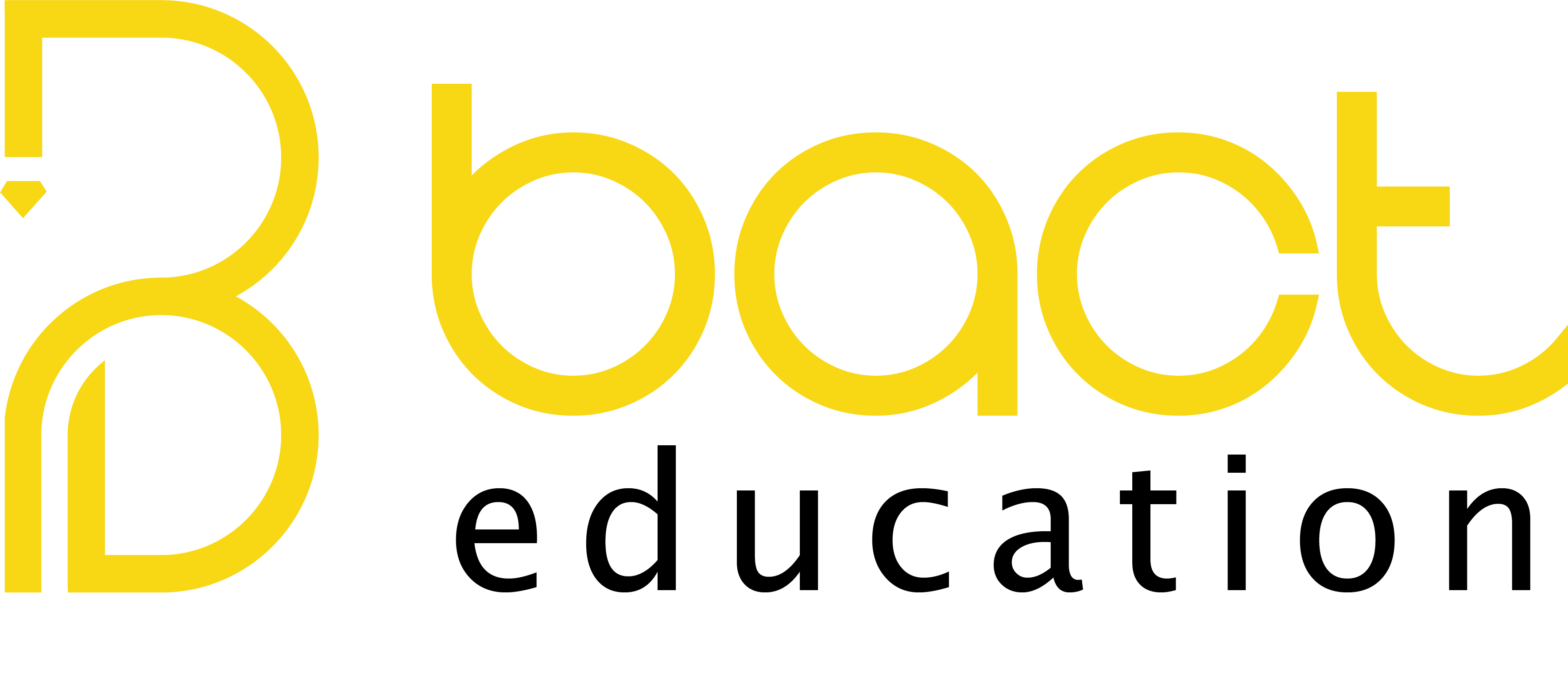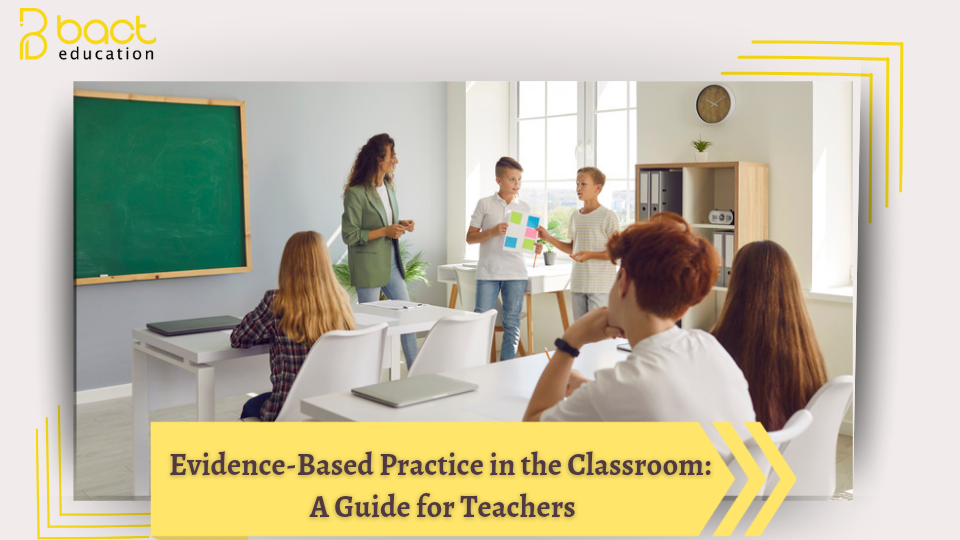Evidence-Based Practice in the Classroom:
A Guide for Teachers
With ever-evolving educational standards, teachers must look to practical ways in which student learning and engagement can be enhanced. Evidence-based practice (EBP) in teaching is the systematic use of best available evidence in making decisions about student care and classroom practice. With the integration of EBP, teachers can advance educational outcomes and provide a more effective learning environment.
Evidence-based practice marries rigorous research findings with professional teaching skills and student interests. It is underpinned by three key ingredients:
1. Research Evidence: Experimental and observational study data that inform instruction.
2. Professional Expertise: Pedagogical expertise and knowledge built up by the teacher through training and experience.
3. Student Values and Needs: Acquaintance with the different backgrounds, interests, and learning profiles of learners.
Steps to Implement Evidence-Based Practice in the Classroom
1. Identify the Need for Improvement
Begin by examining current teaching techniques and student outcomes. Gather evidence through student assessments, feedback, and observations within the classroom in order to find areas that require improvement. Develop specific questions or hypotheses that will guide the second step.
2. Review and Select Research Evidence
Conduct a literature review to find studies that address the identified needs. Utilize databases like ERIC (Education Resources Information Center), Google Scholar and journals from reputable educational associations to source relevant research. Look for systematic reviews and meta-analyses that summarize findings from multiple studies for a robust understanding of effective practices.
3. Align Evidence with Curriculum Goals
Once the educator has identified effective practices, consider how these practices may be aligned with curriculum goals and standards. Ask whether the evidence-based practices are a good fit for his philosophy of teaching and the specific context of his classroom.
4. Adapt Strategies to Fit Educator Context
Every classroom is unique, and evidence-based practice may need to be adapted to suit the students’ demographics, learning modes, and ability. Modify the practice to fit specific classroom needs with fidelity to effective strategies.
5. Execute the Strategy
Implement the selected evidence-based practices into lesson plans. Specify how these methods will be applied and ensure students understand what outcomes arise from these. Support students in doing so by providing explanations, resources, and facilitation.
6. Monitor and Evaluate Effectiveness
On its implementation, continuously assess the impact on students’ learning and participation of the new approaches through formative indicators, student feedback, and observation. Stand ready to make adjustments as need be, based on such an evaluation.
7. Foster a Collaborative Environment
Talk with staff to share experience, success, and difficulty in applying evidence-based practices. Professional learning communities, workshops, and collaborative planning time can help facilitate understanding and support as new approaches are adopted.
8. Seek Ongoing Professional Development
EBP is not static, and ongoing awareness of new research and developments is crucial. Pursue ongoing professional development by attending workshops, taking online courses, or pursuing advanced degrees to build your knowledge base and refine your teaching strategies.
9. Promote a Culture of EBP
Inspire school community to adopt evidence-based practices. Document success stories to share with administration and colleagues.
*Title: The Pedagogical Content Knowledge (PCK) Role in Education*
In teaching, the focus on improving teaching quality and learning outcomes has never been more critical. Among the many frameworks and theories that have been established to inform best practices in teaching, Pedagogical Content Knowledge (PCK) is a cornerstone of instructional excellence. This article addresses the significance of PCK, its components, and its impact on teaching and learning.

